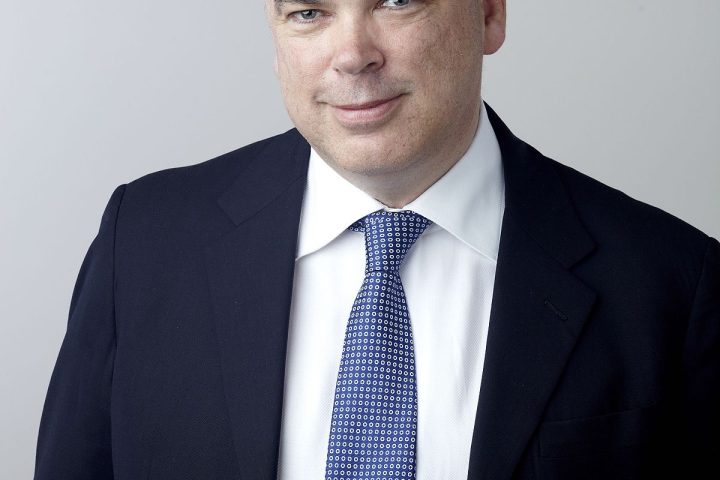The UK’s Harwell Space Cluster has added 14 new companies to its roster bringing the total on the campus to 92 organisations, which include the UK and European Space Agencies, STFC RAL Space and The Satellite Applications Catapult.
Collectively employing over 1,040 people, Europe’s most concentrated Space cluster is comprised of commercial, public and academic organisations focused on driving innovation in the UK Space market.
The strength of the Harwell Space Cluster, which is based within the Harwell Campus facility in Oxfordshire, lies in its ability to unite the public sector with fast growth SMEs/ multinationals to collaborate, co-fund, and problem solve, in order to develop innovative technologies that ultimately create new markets, resulting in job creation and economic growth.
The 92 organisations within the Harwell Space Cluster are delivering on the UK vision to achieve 10% of the global market share by 2030.
“This growth demonstrates that successive UK governments have been wise to invest heavily in supporting the growth and competitiveness of the high-tech Space sector at Harwell”, said Dr Joanna Hart Development Manager for Harwell Space Cluster.
AI operators
One of the start-ups on campus is Archangel Imaging (AI), which builds distributed intelligence systems and advanced unmanned camera systems that can help with operations that are ‘off the grid’, or away from bandwidth. Some of these projects include protecting oceans and dealing with disasters.
Jonathan Mist, CEO and founder of Archangel Imaging (AI), said: “AI was formed at Harwell in 2016 to focus on solving problems the cloud can’t reach.
“Many of our biggest challenges as a species, like protecting our oceans or dealing with disasters, require operations without high bandwidth or reliable communications.”
“By using robotics, drone and space technology, we plan to provide workable solutions to these urgent issues.
“One example is our Wildlife Activity Monitoring Camera which can help detect animal presence and poachers approaching protected sites. Last month, this product won an Alconics Award in the ‘AI for Good’ category.”
Investment ecosystem
Harwell Space Cluster said its attractiveness for companies is in its investment and incubation ecosystem that supports businesses at every stage, whether it is a start-up or spin out looking to commercialise their first product, or a multinational looking to diversify.
Not only this, but the opportunity to collaborate with teams and businesses across the Space, HealthTec and EnergyTec Clusters, all co-located at Harwell, has already resulted in some surprising – and lucrative – new projects.
“Collaboration across our three Clusters has led to innovations such as repurposing space technology used to scan stars in distant galaxies, to create a 3D medical X-ray machine that can be used to detect cancer,” says Dr Barbara Ghinelli, Director of Harwell Campus Cluster Development.
“The project is now jointly funded by the UK Space Agency, European Space Agency and the NHS. Health and space-heritage technology may seem like unlikely bedfellows, but it is a partnership that has led directly to life-saving technology.”
Hazardous science
One organisation in the Space Cluster that has benefited from campus collaboration is AVS UK, a technology development company that develops bespoke engineering solutions for hazardous science and technology markets including aeronautics and space.
“Harwell Campus Space Cluster has been a fantastic home for the last ten years for two reasons; firstly, AVS UK collaborates with a number of businesses also located here, including ISIS and RAL Space”, Alberto Garbayo, Director of AVS UK.
“Secondly, the ability to build technology for organisations working across the Clusters has been of huge benefit for us commercially.
“As we move further into the development of our innovative catalogue of Space products in propulsion, thermal and in-orbit services, we are launching URA Thrusters, a new venture developing novel disruptive in-space water propulsion systems for a broad range of spacecraft, which will also benefit from the Campus’ interdisciplinary skills and capabilities.”
Former ‘Atomic Village’
Formerly known as the ‘Atomic Village’, Harwell Campus is now home to over £2billion of open access scientific facilities and 5,500 skilled people in total.
With a rich history of innovation – it was the site where nuclear energy was generated for the first time in Europe – the 710-acre site now fosters collaboration through clusters focused on Space, Healthcare and Energy, comprising 250 commercially minded organisations.
Harwell Campus is rapidly expanding via a private public partnership between Harwell Oxford Partners and U+I, plus two Government backed agencies, the UKRI Science and Technology Facilities Council (STFC) and the UK Atomic Energy Authority (UKAEA).


